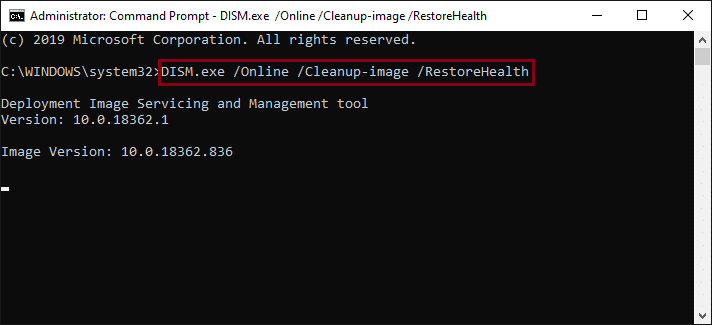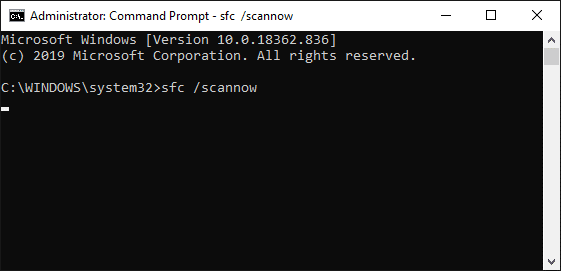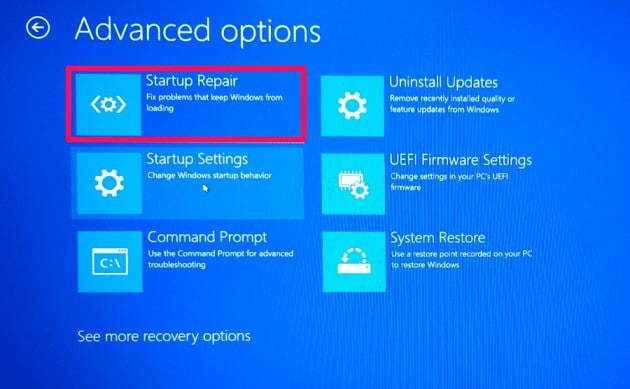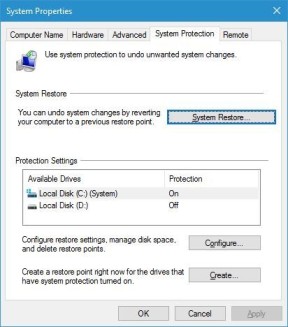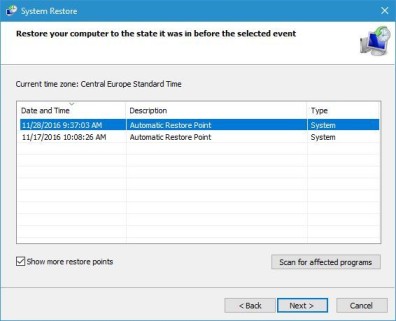How to Fix Corrupted Files Windows 10
How to Fix Corrupted Files Windows 10: It’s pretty common to face file errors while working on Windows 10. Such errors are known as Corrupt File errors and these are usually concerned with corrupted system files. In your PC, there are two kinds of files: System files and User files (those created by a user). System files are those files that are created during an OS installation. In case your Windows 10 installation is corrupted, you may face instability issues and system underperformances. In this article, we’ll teach you how to fix corrupted files in Windows 10 with some simple methods.
Windows 10 is known for its advanced features and Graphical User Interface. Like its previous versions, Windows 10 is vulnerable to system errors. In Windows 10, both system files and normal files are vulnerable to get corrupted. The reasons for corrupted files are virus intrusion, hardware damages, and failures. Users have to face innumerable problems due to corrupted files as it hampers the workflow and results in loss of data.
Table of Contents
6 Methods to Fix Corrupted Files on Windows 10
1. Using Deployment Image Servicing and Management (DISM) tool
To fix corrupted files on windows 10, you can use the DISM tool in Windows 10. It is an inbuilt tool of Windows that can be run by the Command Prompt interface. Follow the instructions to run the tool.
- Go to Start > type “CMD”.
- A Command Prompt icon appears. Select “Run as administrator”.
- In the Command Prompt window, type the command “DISM.exe/Online/Cleanup-Image/RestoreHealth”
- Press Enter.
The process completes within a few minutes. It is important for a user to know that the DISM tool uses Windows Update to download the files that are corrupted.
2. Run a System File Checker (SFC)
Another handy tool in Windows 10 is the SFC tool. You can run the SFC tool to fix several corrupted system files. The tool effectively scans and repairs the corrupted files within a few minutes.
- Same as earlier, type Command Prompt under the search bar and select Run as administrator.
- Type the command “sfc/scannow”
- Press Enter
The repair process starts and completes within a few minutes. Until the process is complete, the user should not close the Command Prompt. The tool scans all the files stored in the system and replaces the corrupted files with a cached copy.
3. By Windows Startup Repair
Another way of fixing corrupted files in windows 10 is by performing a Startup Repair in Windows 10. Follow the instructions carefully to run a startup repair in Windows-
- Press and hold the SHIFT key and click the Restart button in power options
- Now, the boot screen appears. Click Troubleshoot among the options.
- Next, click on Advanced Options.
- Select Startup Repair to initiate the repair process.
As the repair starts, it takes some time to identify and repair the corrupted files in the system. If the repair process does not identify any files, it suggests that there is some other issue in your system.
4. Run a System File Checker (SFC) in Safe Mode
When SFC does not repair the corrupted files in a normal mode, you can run SFC in safe mode.
- Press Start > Power.
- Hold SHIFT key and click on Restart.
- As you restart, from the given options select Troubleshoot.
- Click on Advanced Options > Startup Settings > Restart.
- From the list of options, select Safe Mode.
- Now run sfc scannow and wait until the process done.
5. Using Perform System Restore
With the help of System Restore option, you can restore the system to an earlier point to get rid of emerging system issues. Fixing corrupted system files becomes easier with a system restore point.
- Start typing “restore” in the Windows search bar and choose the option Create a restore point.
- Click System Restore button under System Properties window.
- Tick the checkbox to show more restore points. Select a restore point and click Next.
As soon as your system is restored to an earlier point, you will not come across any corrupted file. Your system is now healthy. However, note that your system needs to have a system restore point created earlier first.
6. Reset Windows 10
If the above given steps fail, the last resort is to reset Windows 10. The process removes all the installed apps and files from the system that enables you to get rid of corrupted files. It is suggested to keep a backup of all your important files and applications.
To perform the reset function, a user needs a Windows 10 installation media. Create one by using a bootable USB flash drive.
To reset Windows 10, follow the instructions given below-
- Restart PC in a safe mode as shown in the Method 4.
- Select Troubleshoot and click Reset this PC.
- On the screen, you see two options, “Keep my files” and “Remove Everything”. If you choose the former option, it will reinstall Windows 10 and would not remove your files and settings. Whereas, the latter option resets your PC completely by removing all the files, third-party applications, and settings. It may ask whether you want to clean your drive; if in case yes, click on the option “Just remove my files”.
- Next, choose a Username and enter the Password. The process requests you to insert Windows 10 installation media. It is suggested to do so.
- Now, select the version of Windows and click the Reset button to initiate the process.
- Follow the instructions given on the screen to complete the reset process.
In case, the reset process is not fruitful and the user is still experiencing the issue of some corrupted files, repeat the process and choose the option
“Remove Everything” > “Only the drive where Windows is installed” > “Just remove my files”.
Conclusion
If still you are experiencing issues, it is advised to perform a clean install of Windows 10. Fixing corrupted files is not an easy task. It is not a definite which method would work for you. If you try to repair it with SFC and still face issues, it is recommended to go with DISM tool and then system restoration. Lastly, you can go for reset PC and clean installation.
Follow Us On:

